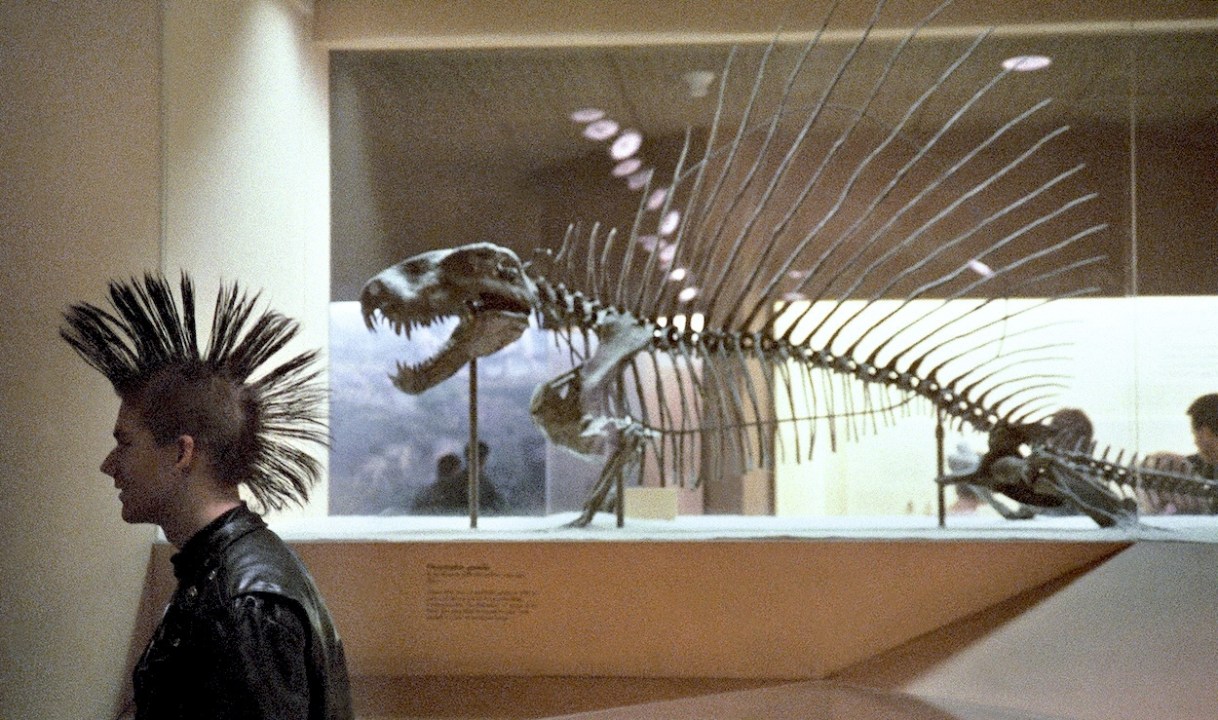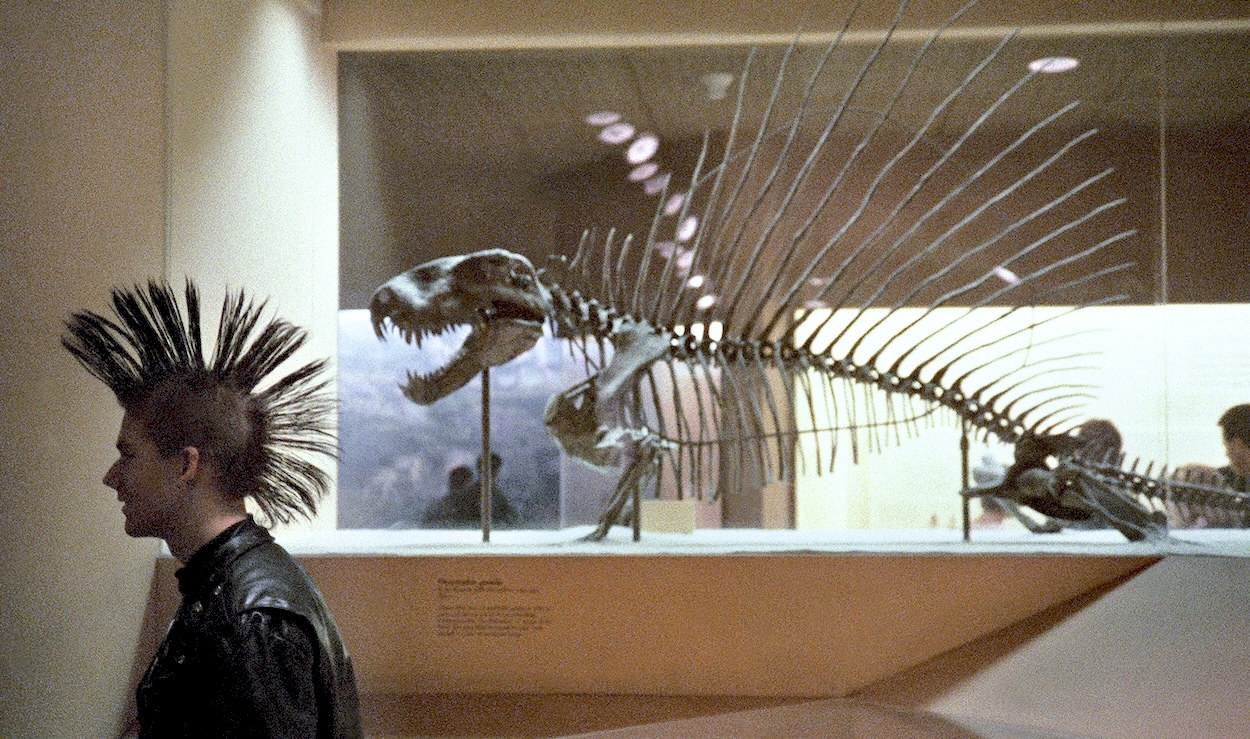Last week marked the 200th anniversary of the most significant evening in the history of palaeontology. On 20 February 1824, the learned gentlemen of the Geological Society gathered at their rooms on Bedford Street in Covent Garden for a meeting that would transform human understanding of prehistoric life. To begin, the clergyman William Conybeare announced and described the Plesiosaurus. A vast marine lizard that Mary Anning had discovered in Dorset, the Plesiosaurus was memorably described as ‘a serpent threaded through the shell of a turtle’; it would later leap from the rocks of Lyme Regis into the fiction of Jules Verne and Arthur Conan Doyle, and into the popular imagination as the Loch Ness monster.
For the conservative, God-fearing Anglicans of the 1840s, this was heresy
Next and more sensationally, the Oxford don William Buckland offered his solution to a mystery that had been puzzling university scholars for more than 150 years. Ever since the first keeper of the Ashmolean Museum had pondered a ‘thigh-bone of prodigious bigness’, which quarrymen of the 1670s had found in north-west Oxfordshire, a slew of fossils had suggested that a massive ancient reptile had once stalked the hills and valleys of the county.
Taking the thigh-bone, several vertebrae, and a jaw with serrated teeth as the objects of his paper, Buckland declared an animal ‘as big as elephants and… as long… as the steeple [of the church at] Kidlington’. As for its name, Buckland simply called it the Megalosaurus, meaning ‘great lizard’ in the Greek.
That the Megalosaurus should have received such an elegant, suitable name was a close-run thing: one 18th-century naturalist had illustrated the end of its thigh-bone and, remarking that ‘stones have been found exactly representing the private parts of a man’, attached the binomial ‘scrotum humanum’ to the specimen. It could have been an inglorious beginning to the study of dinosaurs. Thankfully, for many of the creatures that followed, the naming process was more prosaic. On the very same evening that Buckland and Conybeare made their announcements, the Sussex surgeon Gideon Mantell declared that he had found a terrestrial lizard whose teeth resembled those of an iguana; in time, therefore, he called his dinosaur the Iguanodon.
Mantell’s next great find was an armour-plated dinosaur from the Tilgate Forest, which thus became Hylaeosaurus armatus, meaning literally ‘the armoured forest lizard’. Even the Americans were solemn in their choices: the first major discovery on that side of the Atlantic, in the marl-pits of New Jersey, was the ‘bulky lizard’, the Hadrosaurus.
Now, however, more than 200 years after humankind first named a dinosaur, a team of palaeontologists in Bavaria – which was one of the most fertile 19th-century hunting-grounds for fossils – have called for the reconsideration of the potentially ‘problematic’ names that we have given to dinosaurs.
Upon reviewing the names of more than 1,500 known species, they have concluded that around 3 per cent (or forty-five) of them have names ‘emanating racism, sexism, [or have been] named under (neo)colonial contexts or after controversial figures’. According to a report in the esteemed journal Nature, there is particular concern about the dinosaurs that German explorers discovered in the 1910s in what is now Tanzania.
Is this madness or common sense? Certainly, there is scope for recognising the labour of those naturalists who were overlooked during their lifetime; one might also baulk at the suggestion that any newly discovered dinosaur should be named after Henry De la Beche, who married his fascination with geology to the fervent defence of colonial slavery. Yet for several reasons we should be glad that the International Commission on Zoological Nomenclature (ICZN) has resisted calls to rename species or to ban eponyms except where ‘there are what we would call formal nomenclatural reasons’.
First, as the ICZN has explained, in a science such as palaeontology, where precise examination and minute distinctions make all the difference, there is a compelling need for the ‘stability’ of the terms of reference. (For much the same reason, legislation refers to a person as ‘he’.) Second, naming a dinosaur is likely to cause considerably less offence than, say, applying the name of a violent racist to a building: it is eminently reasonable that the descendant of a Demeraran slave should feel disgust at living in halls of residence named after the most prominent slaveholder in Demeraran history, but how could a dinosaur cause similar offence? Most importantly, such revision would imperil the very term ‘dinosaur’. When the English naturalist Richard Owen coined the term in 1841 to describe the ancient land-living lizards that Buckland and Mantell had discovered, he did so in the context of a ferocious culture war over the idea that species – including humankind itself – could change or adapt.
Although Charles Darwin had not yet announced his own views, British conservatives had long been alive to the dangers of Lamarckian theory. Put simply, the French zoologist Jean-Baptiste Lamarck had argued that animals varied in their nature because they inherited characteristics that were determined by their environment: a giraffe would inherit the long neck that its parent had developed to reach the tallest branches, while the common human analogy is that the son of a blacksmith would have the same strong shoulders as his father. There were two great moral problems with Lamarckian thought: not only did the ‘improvement’ of species suggest that the Lord had made mistakes during the week of Creation, but it also allowed for the possibility that humankind had not been made originally in the Lord’s own image. For the conservative, God-fearing Anglicans of the 1840s, this was heresy.
And so, when Richard Owen christened the ‘dinosaur’, he was seeking to explode the profane notion that species had changed over time: if Owen could situate the dinosaurs – an awesome category of animal, the most stupendous reptiles ever known – at the beginning of time, how could anyone argue that the reptiles of the present had improved upon or ‘evolved’ from them? Accordingly, to suggest that the names of dinosaurs should change for political reasons is to miss the point, or at least the history of the matter; the dinosaur has always been a political animal.







Comments